There’s no worse feeling than the one of helplessness when you lose a loved one—especially in a violent way. Not only do you have to contend with the sadness and loneliness of that loss, but suddenly, there’s a newfound sense of anger.
That’s exactly what the family of Michael E. Bell Jr. felt when the college student was shot and killed during a scuffle just outside their home. What was worse: it was an on-duty police officer who pulled the trigger, and it set in motion Michael’s father’s choice to take desperate, tragic action.
Michael E. Bell Jr. (pictured left) was an ordinary, beloved 21-year-old college student living with his family in Kenosha, Wisconsin. He was a decent student and football player, and he was even preparing to buy a home for the first time.
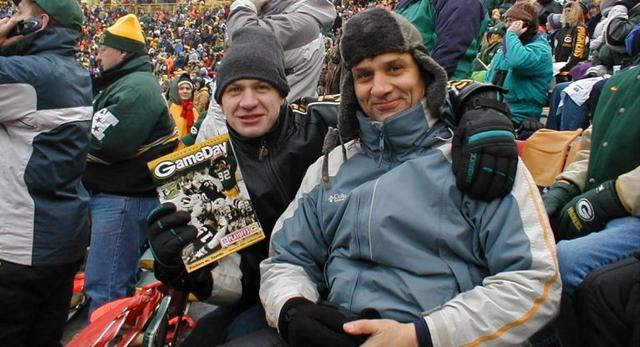
Like many young people, Michael experienced stress from school, which sometimes got the better of him, and he would find relief with alcohol and marijuana. Eventually, his drinking and drug use led him to a fateful run-in with the law.
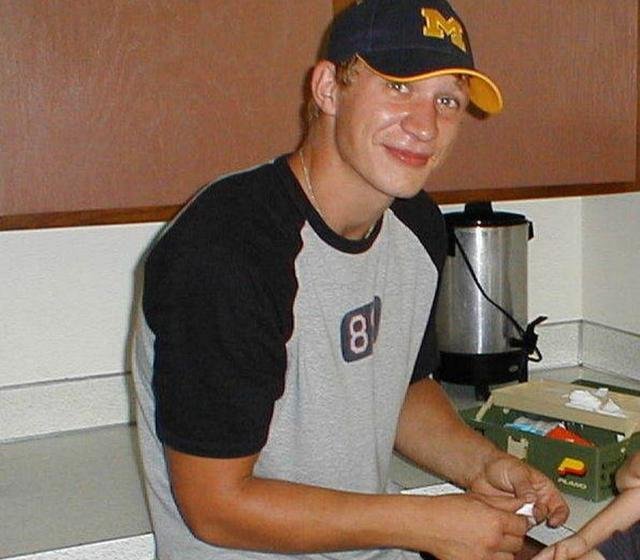
Like many young people, Michael experienced stress from school, which sometimes got the better of him, and he would find relief with alcohol and marijuana. Eventually, his drinking and drug use led him to a fateful run-in with the law.

Like many young people, Michael experienced stress from school, which sometimes got the better of him, and he would find relief with alcohol and marijuana. Eventually, his drinking and drug use led him to a fateful run-in with the law.
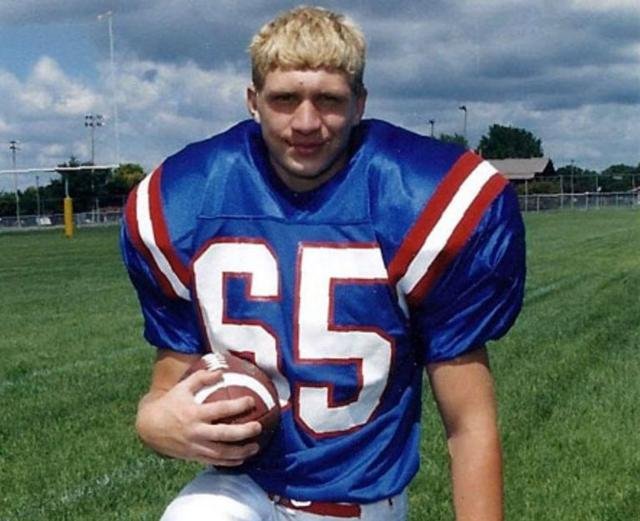
On the morning of November 9, 2004, Michael had another run-in with Officer Strausbaugh. This time, the officer pulled Michael over for drunk driving and speeding after following him to his home. Police would later claim that the young man was not only drunk, but disorderly, and there is even partial blurry footage of the tussle that followed.
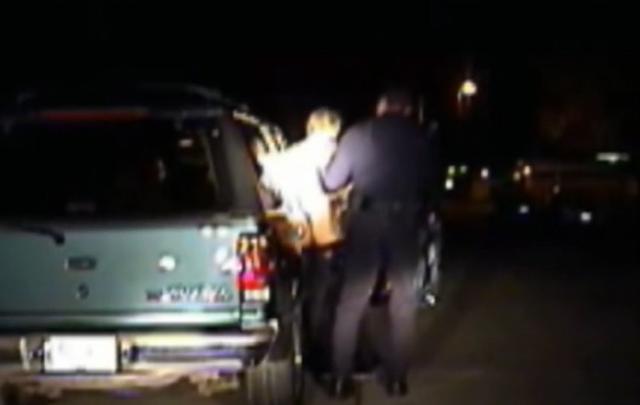
The dash-cam footage didn’t show Michael making any effort to resist, and the video blacked out after a few seconds. Officer Strausbaugh made a call for backup, and three other officers soon arrived on the scene. Then, the officer claimed that he felt Michael’s hand on his holster…
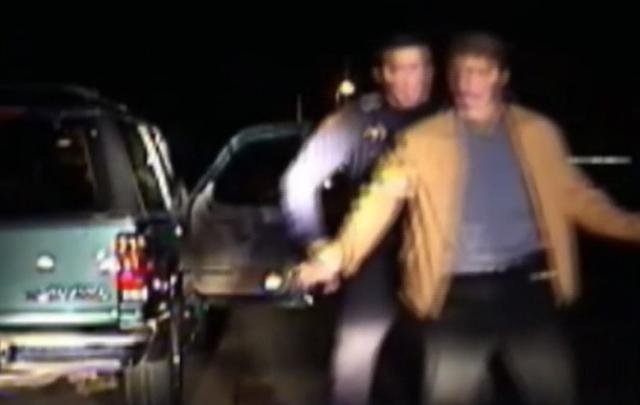
“He has my gun,” Officer Strausbaugh shouted before Alberto Gonzalez, one of the other officers, shot Michael in the head. This was all right in front of Michael’s house, where his neighbors—and even his own sister and mother—could see.
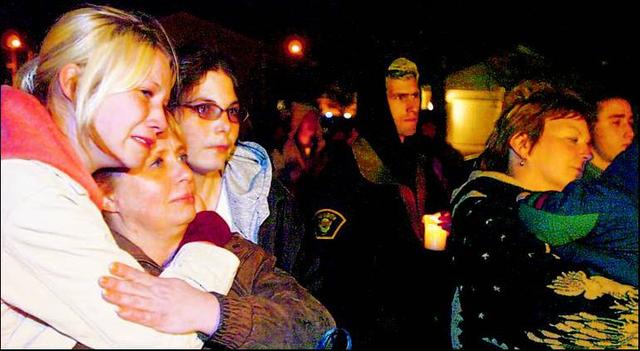
Michael died hours later, and his family was understandably shaken. Michael’s sister informed her father, retired Air Force Lt. Colonel Michael M. Bell, that he needed to “come to the hospital, Michael’s been shot.” It wasn’t until he arrived that he learned his son had been fatally shot in the temple.
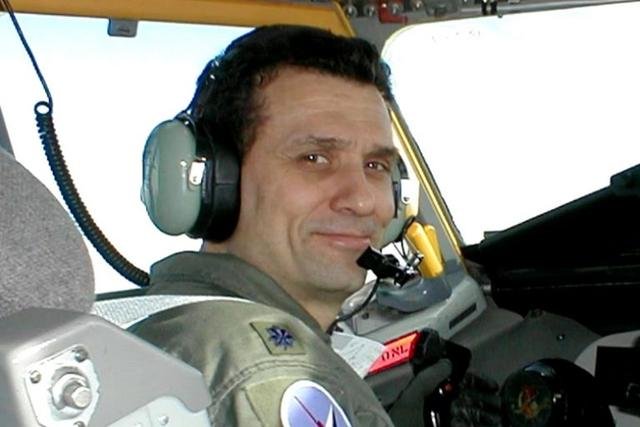
The internal affairs and detective divisions of the Kenosha Police Department launched an investigation of the incident shortly after. No more than 48 hours later, it was deemed a “justifiable homicide.” Michael Sr., however, was suspicious.
The internal affairs and detective divisions of the Kenosha Police Department launched an investigation of the incident shortly after. No more than 48 hours later, it was deemed a “justifiable homicide.” Michael Sr., however, was suspicious.
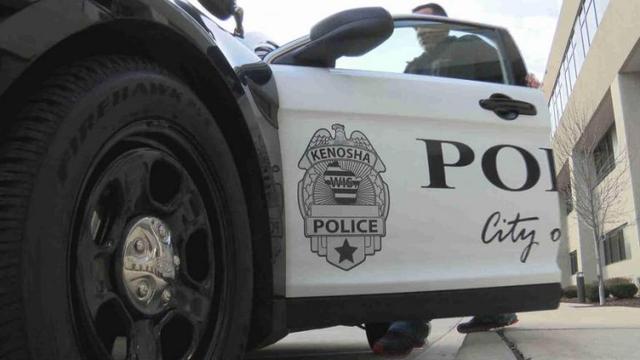
After all, the autopsy wasn’t even completed until two days after the incident. While under oath, each of the officers at the scene claimed that they had seen Officer Gonzalez shoot the young man in the left side of his head—so why did the autopsy report contradict those accounts?
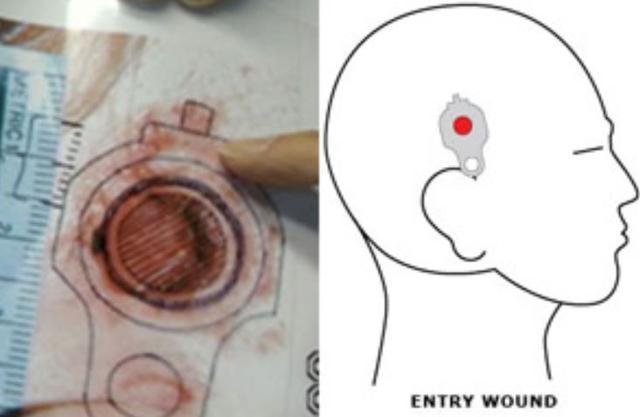
In a reenactment by the police, Officer Gonzalez was shown positioning himself at Michael’s left side—even though eyewitnesses claimed he was between Officer Strausbaugh and Michael. Even the autopsy suggested he was shot on the right side of his head.
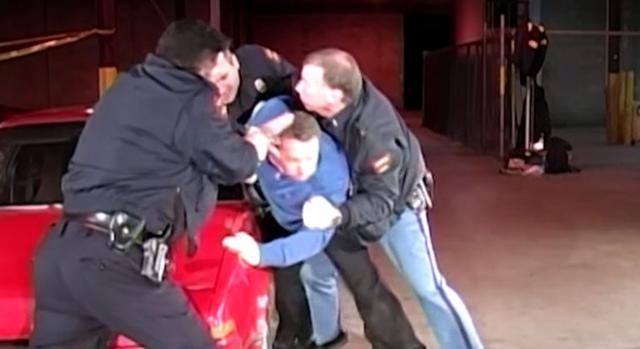
Citing “unlawful use of deadly force,” Michael’s family sued the Kenosha Police Department. It was at this point that they learned the testimonies from each of the four officers didn’t match the statements from the family, friends, and neighbors who were eyewitnesses, or even the medical reports.
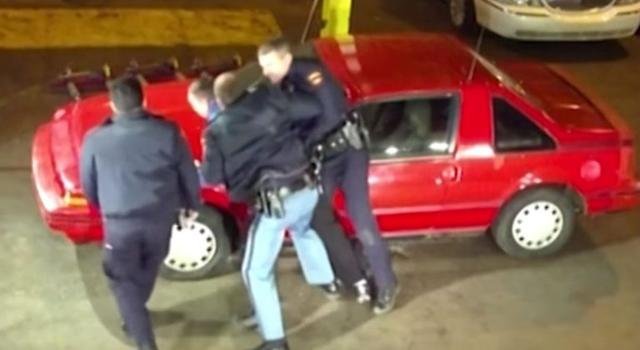
Still, the officers all stuck to the same story and wouldn’t budge. This would have been suspicious to anyone, not the least being an “appalled” Michael Sr., who was experienced in mishap investigations from his time in the military.
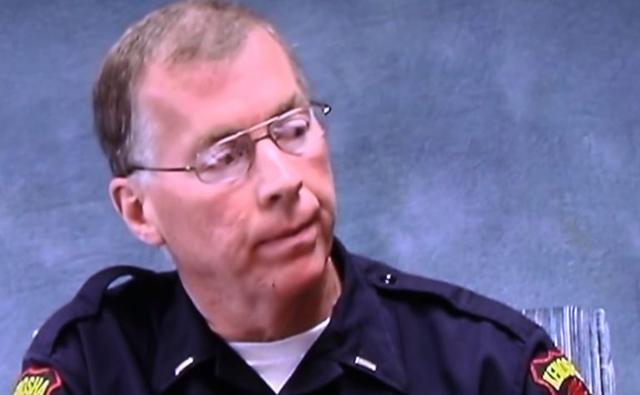
Michael Sr. believed the officers hadn’t bothered to speak to witnesses or even retrieve the report from the crime lab. “So to clear themselves in 48 hours, I was just completely flabbergasted,” he said. Funeral arrangements were made and the family mourned, but when the lab reports came in, neither Michael’s fingerprints—nor any of his DNA—were found on Officer Strausbaugh’s gun.
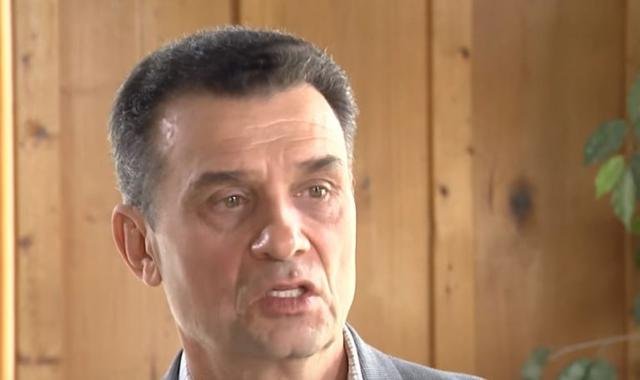
In 2010, Michael Sr. started his own investigation, hiring retired Kenosha police detective Russell Beckman, as well as an investigative consultant. Russell claimed he found a missing detail: what Officer Strausbaugh thought was Michael Jr. tugging on his holster was actually a broken car mirror that had caught the officer’s belt.
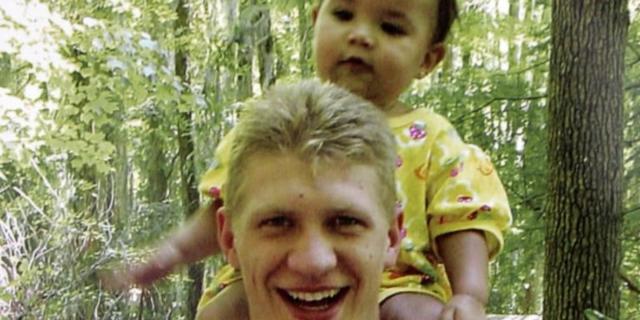
The strain of the private investigation proved to be too much for Officer Strausbaugh, who had reportedly struggled with a severe case of PTSD following the 21-year-old’s death. The officer committed suicide in 2010 as the Bell family continued to seek justice for their son.
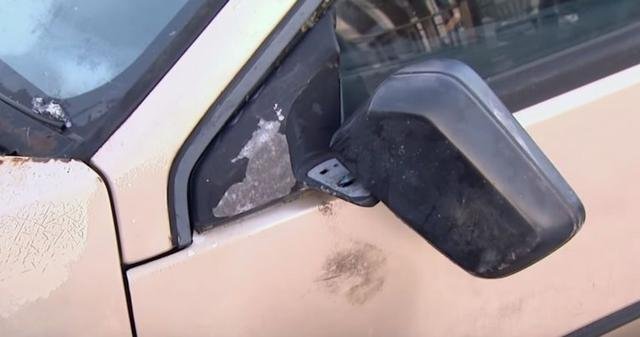
The Bell family’s civil suit for wrongful death led to their receiving a $1.75 million settlement, but the police continued to claim that Michael Jr. was responsible for his own death, still admitting no wrongdoing. Unhappy with this response from police, the Bells used their settlement funds for something controversial…
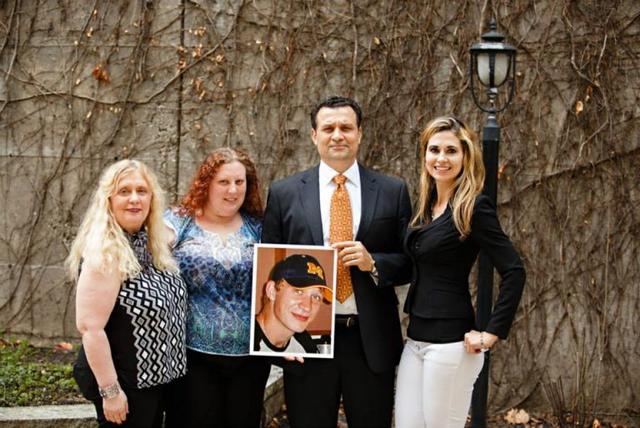
The Bells wanted to be visible. They spoke out about Michael Jr.’s death on television and radio commercials, and even in newspapers like USA Today and The New York Times. They also bought every Milwaukee billboard they could, covering them with slogans like “When Police Kill, Should They Judge Themselves?”
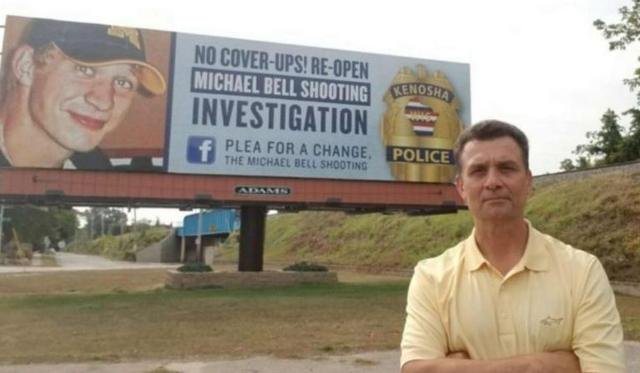
Almost $65,000 was spent on a full-page ad in the Washington Post, pressuring the police to reopen their investigation. The ad also included other shocking pieces of information, such as the fact that nearly 1,000 civilians were shot and killed by police in 2017 alone.
Almost $65,000 was spent on a full-page ad in the Washington Post, pressuring the police to reopen their investigation. The ad also included other shocking pieces of information, such as the fact that nearly 1,000 civilians were shot and killed by police in 2017 alone.
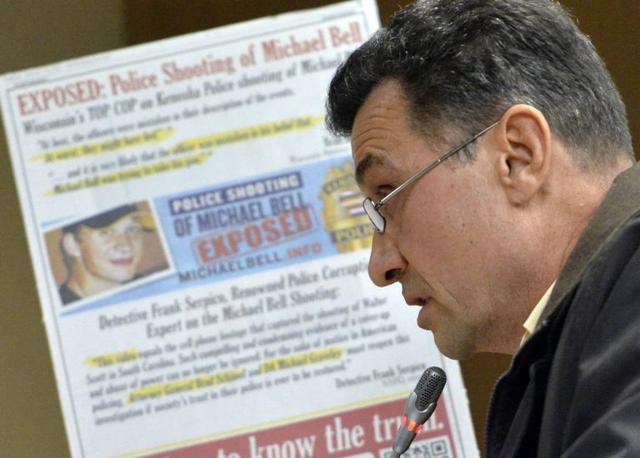
Did Michael Sr. go too far even after the judge awarded his family a settlement? It was difficult to say. The family may never get the case reopened like they hope, but they did affect change: Wisconsin is now the only state that requires independent investigations following police shootings.
small step for the family but giant step for police integrity , transparency and accountability
Downvoting a post can decrease pending rewards and make it less visible. Common reasons:
Submit
You are right
Downvoting a post can decrease pending rewards and make it less visible. Common reasons:
Submit